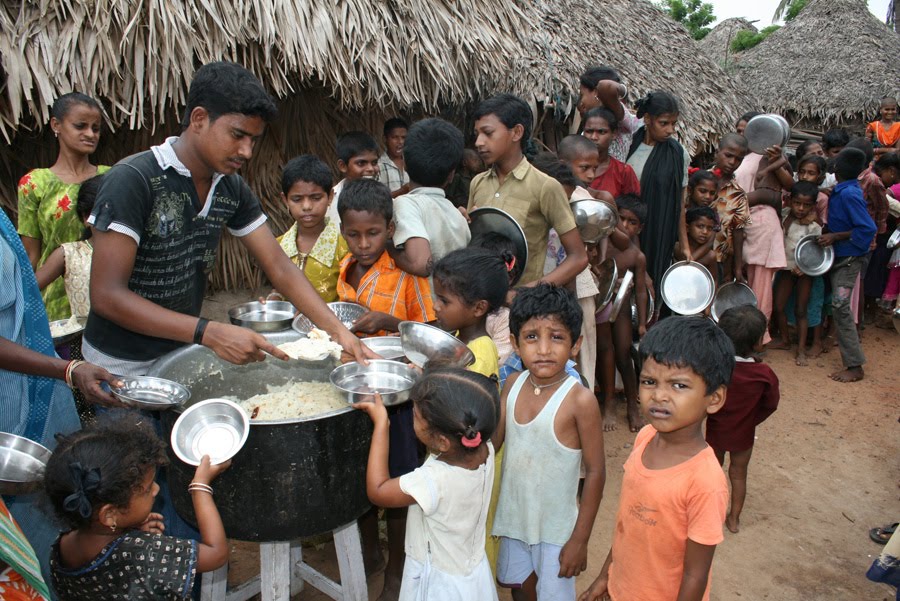India has figured in the list of countries with greatest gap between poor and rich children’s health in urban areas. This shows the poor availability of health and medical facilities for the children of slums and poor earning groups. Thousands of children die in India due to various diseases like diarrhea, pneumonia and ill-nutrition.
India is placed in the list of the 10 countries in the world with the greatest survival divide between wealthy and poor urban children. It figures in this worrying list with other nations that include, Rwanda, Cambodia, Kenya, Vietnam, Peru, Madagascar, Ghana, Bangladesh and Nigeria.

India has also scored poorly in the Mother’s Index Rank standing at 140 out of 179 countries. The Index scores countries on five criteria: maternal health, children’s wellbeing, educational status, economic status and political status. These low rankings have reflected the poor health coverage and food nutrition security in India.
These are among the key findings of the State of the World’s Mothers 2015 report “The Urban Disadvantage” prepared by Save the Children and launched by Union Minority Affairs Minister NajmaHeptulla in New Delhi on Tuesday, 5 May 2015.At the launch, Dr. Heptulla said, “While India has made laudable improvement on Infant Mortality Rate front, even today over 7,60,000 children die in India every year and many of these deaths are due to preventable causes. We obviously need to do a lot more.”
In these 10 countries poor urban children are three to five times as likely to die as their most affluent peers, the report says. In India, the percentage of the urban population living in slums is 29 per cent. This urban poor population is 3.2 times as likely to die by the age of 5 as the urban rich, an indicator of the rich-poor gap. That the quality of life of mothers and children in the urban slums of Delhi is one of the worst in the world and the health inequity between the rich and the poor is stark, the report notes.
The other key findings of the report are that while great progress has been made in reducing urban under-five mortality around the world, inequality is worsening. It emphasises the issue of urban mothers and children being deprived of lifesaving health care.

The growing number of slums the world over has been noted as a cause of concern in the report and a main cause for the urban rich-poor gap. Dr. SudeepGadok, director of programmes, Save the Children, said that one reason to cheer was that global under-five mortality rate came down by half from 90 to 46 deaths per 1,000 live births between 1990 and 2013 and India made much progress too. But the phenomenon of more and more people migrating to cities had resulted in many cities not being able to keep up with breakneck growth, leaving hundreds of millions of mothers and children in cities without access to essential health services and the clean water they need to survive and stay healthy, he said.




















